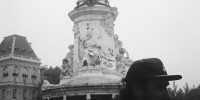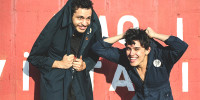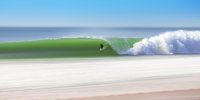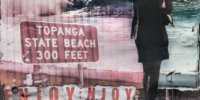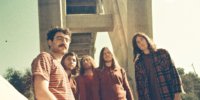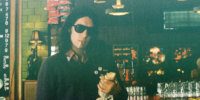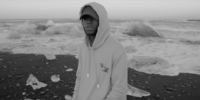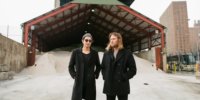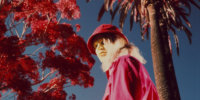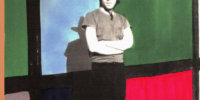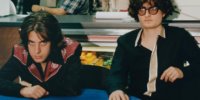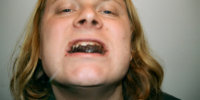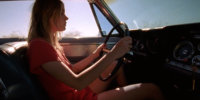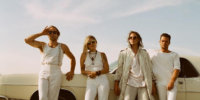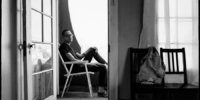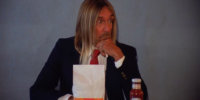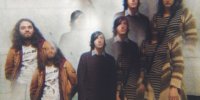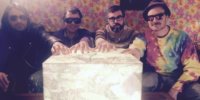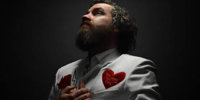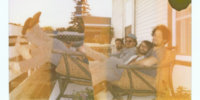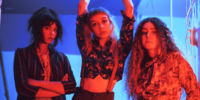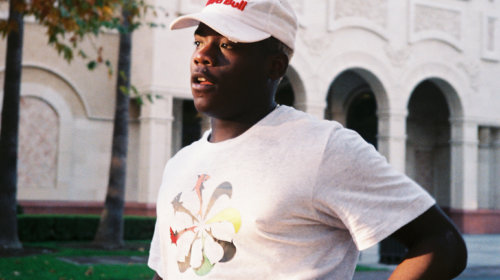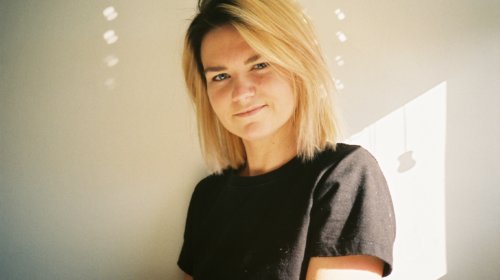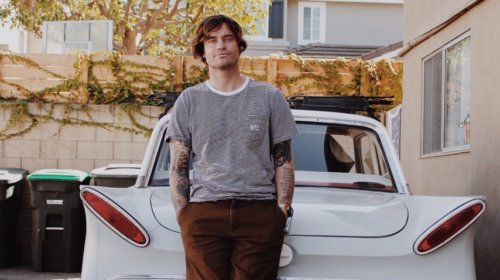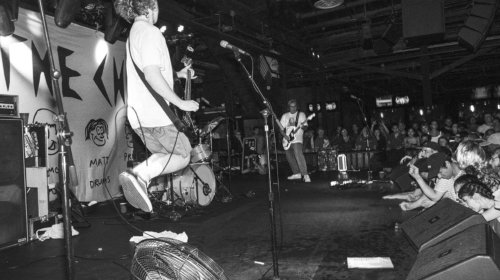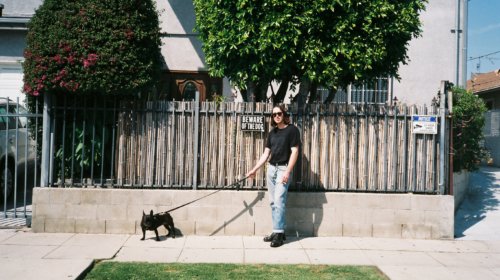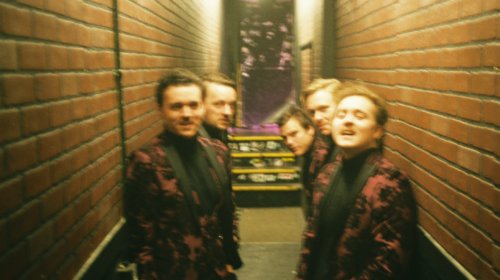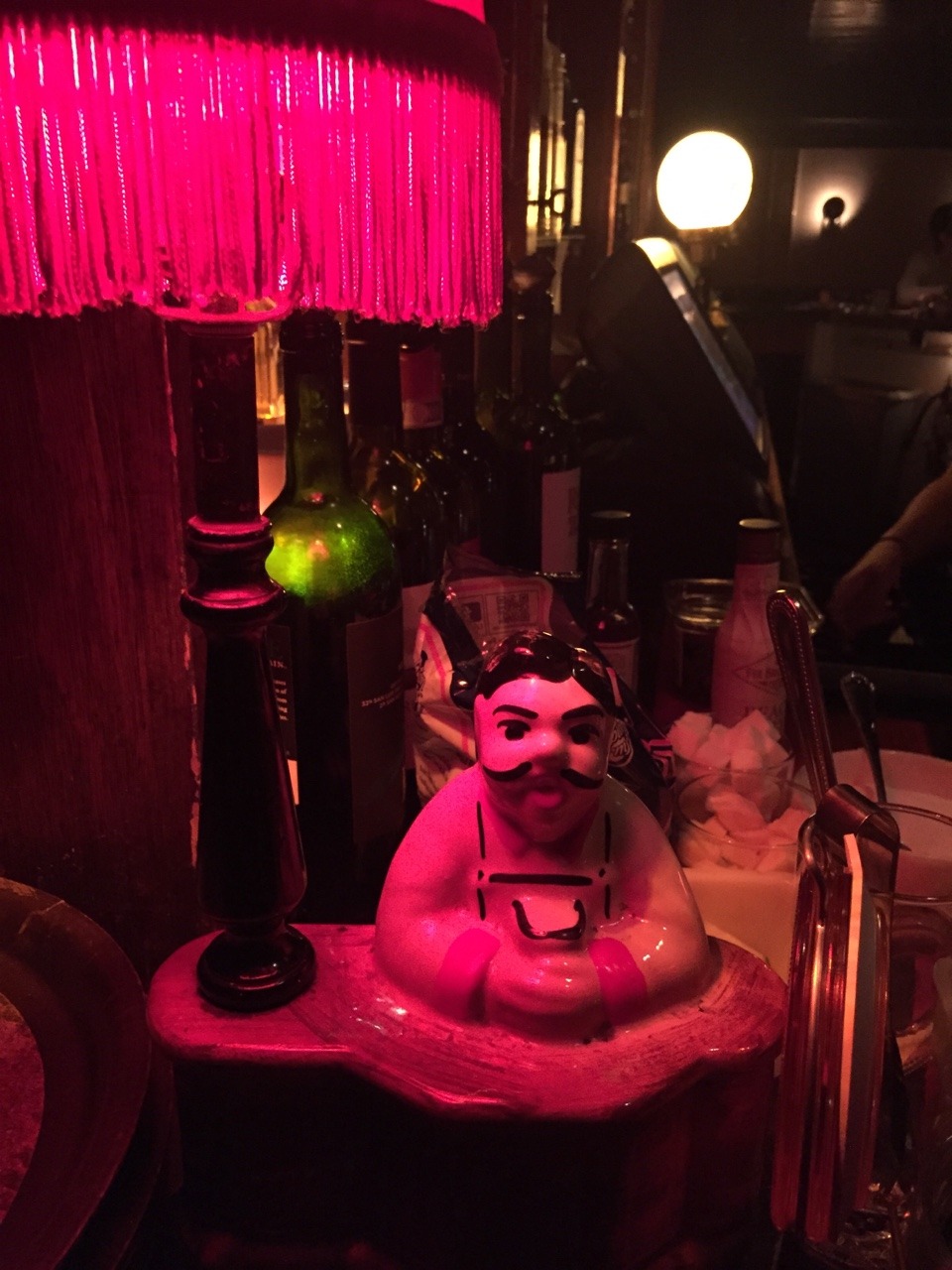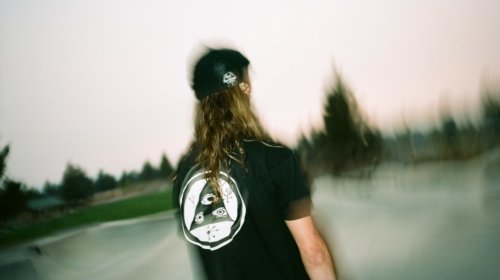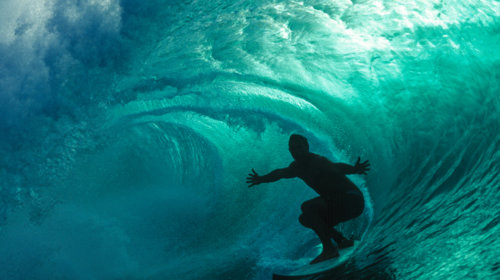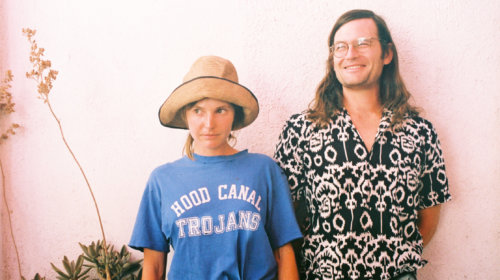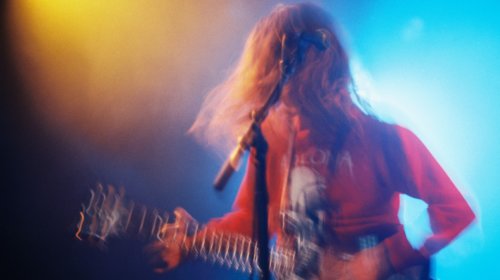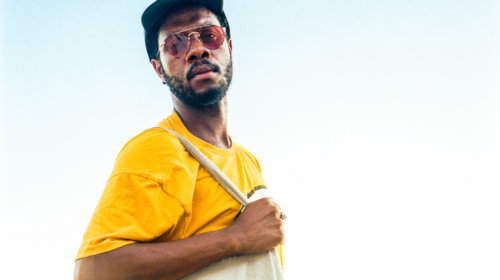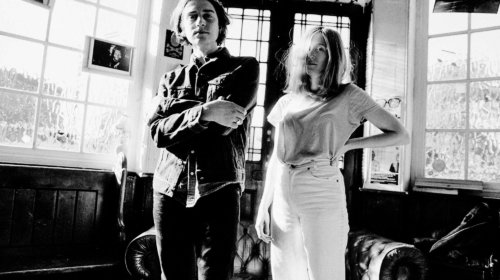Robbie Simon, the Los Angeles-based artist, is modest when speaking about his talent. “If you would’ve told me even three years ago that I would be having a show of paintings, I wouldn’t have believed you.” He’s most recognizable as the designer for Allah-las posters and flyers and merchandise, essentially their contributing art director. But design isn’t all he has to offer the world. Simon recently had his first solo show as a painter at Blind Gallery in Downtown LA, showcasing a new series he calls “Mold.” Robbie’s art is clean, timeless, and reflects an established aesthetic and practiced discipline in design. I want to own every single one of his paintings. I met up with Robbie one night in Glassell Park, shortly after the opening reception of “Mold,” and spoke to him about his path to the painted medium, a new art form he has embraced. “I never had an ambition to be an artist,” he said. “I was mostly just making stuff I thought looked good.” Well, we think his art looks pretty good, too. –Maya Eslami
WHAT YOUTH: Start from the beginning. Where are you from?
ROBBIE SIMON: I was born in Santa Ana and we moved to Huntington when I was a kid. I finished high school and I got the fuck out.
Is that when you moved to San Francisco?
Yeah. In August 2003.
Where’d you live?
I went from campus to the Sunset to the Lower Haight to SoMa to the Mission.
And by campus you mean SF State?
Yeah. They had a graphic design program they called “Visual Communications.” It was pretty weak [laughs]. I applied to schools, and I got into a few UCs, but they weren’t anywhere I wanted to go. I picked city over education quality. I don’t know what I would’ve done at a UC. I wouldn’t have done design. I didn’t go [to SF State] for design. I started off in psychology, and I was like, “What the fuck am I gonna do with this?” I always did creative stuff, like I edited videos in high school, I designed shirts for sports teams and stuff. I designed mixed CD covers for friends. I was always dabbling in that. But it never seemed like a real job. My family’s not an art family, at all.
What do your parents do?
My dad works in the tennis world. And my mom is a substitute teacher. Tennis is kind of the family business.
Do you play?
I’ll whack some balls around. My dad was just a sports guy. He was like, “Play any sport and I’ll be happy.” I played baseball, basketball, soccer. I still love basketball.
You have a hoop in your yard.
I do. I have a hoop in my tree. I can’t dunk though. But I could probably fuck up some kids at the rec center.
So design was kind of out of left field for you.
It took me a long time to accept that it was possible, and not some hippie-dippy, overly idealistic pursuit. If you would’ve told me even three years ago that I would be having a show of paintings, I wouldn’t have believed you. I was too pragmatic. So that’s why graphic design applied, because you get paid to do it. Every company, every business, every event, every anything needs graphic design.
And you were doing album covers, making videos…
Yeah, that’s how it starts. You just do all that free work for all your friends and find your way through that. My spectrum of expectations was really narrow. I always expected to just be working for a company that was gonna hire me to do design. It seems so funny now, but my biggest goal was like, ”I wanna work for Criterion.” Because their covers always looked so cool.
What were some early projects you worked on?
I did the first Fresh & Onlys 7-inch. That was fun. And there was this Kelley Stoltz 7-inch that I really liked.
And Allah-las, you’ve been making posters for them for years now.
Working with Allah-las has been really great, just in that they’re the first group of friends who’ve given me full creative freedom as well as a successful platform to show the work, with their own success coming up. I think my work will be associated with them for a long time, if not forever. I’m okay with that. A lot of my best design work is with them. It’s rare that any client gives you full creative freedom, and it’s rare to have any client you agree with so well.
Tell me about working with Geoff McFetridge at Champion Graphics?
It’s the first successful company I’ve ever worked for. It’s hard to quantify its value, they just right-sided me up. It pointed me in the right direction and gave me true guidance and an actual ability to see a real future in this shit, and just a different way to look at things. It totally jived with what I was good at and minimized what I struggled with. It made things seem possible. My perspective and my trajectory and my ambition, the difference it’s gone in the two years I’ve worked there is crazy. My goal was to work at a great nonprofit. Just a cool company, to be a designer. But now I don’t wanna fucking do that. Geoff’s gonna be the last boss I ever have. I’m done. I’m working for me now.
How’d you start working with Geoff?
I got an in through Heath Ceramics. He worked with them. The word came through that he was looking for an assistant. I think I’m his first non CalArts employee, which is a small mark of pride.
And it means you didn’t spend 200k on grad school.
This job has been my grad school, and it’s inspired me to work harder. I’ve learned that I find total fulfillment through work. It’s as simple as, “Fucking work harder. Try.” Trying’s not fun, though. Working hard is really really difficult when you have no reward, which you don’t get until you catch a break or until you start being good at something. You can work your ass off, but if you don’t get any feedback from it, you’re spinning in circles. But as soon as something good comes of your hard work, you’re twice as ready to work even harder. And it’s exponential. That’s been an interesting thing to learn firsthand: when things are good, working really hard is easy because you get the reward, you get the feedback, you get the positivity, and hard work begets more work and more feedback. And then it just multiplies.
There’s a big debate over whether higher education is important for artists. Do you wish you went to grad school?
I don’t think so. I try and do this philosophy like, “If you’re happy where you are, every step along the way was right.”
So what inspired you to try out a new art form?
It gets to a point where the difference between design and art is the name on the poster. And so, you take the name away, and you have art. You put the name on, you have design. I mean that’s a total oversimplification of it, but it’s where I got. And that’s what gave me the confidence to try. I never had an ambition to be an artist. I was mostly just making stuff I thought looked good. And then I was like, “Well, I guess I should fucking try.” But I mean, in that regard, it was cool to see what Geoff does. He has one foot in the art world, and one foot in the design world. It seemed possible. So then I just started making stuff that didn’t have a name on it and posting it on Instagram. I have a friend who runs a shop up in San Francisco named Gravel & Gold, and they do small shows. So they hit me up, like, “I don’t know what you’re working on, but it looks good, if you ever want to do a show.” I had some stuff I’d already done, and some new stuff I worked on, and just put the show together. It was all crafty. All collages and India ink. Abstract paintings and some drawings. I made all this custom clothing. Before I was just throwing shit at the wall. It’s the best thing I can tell anyone who wants to do something, just dabble. Do anything. Do it for fucks sake. Do everything for no reason and have fun with it. I was making collages with these construction paper shapes, and at this point that’s my entire aesthetic. But it just seemed fun to me at the time.
What artists inspire you?
There’s this abstract painter named Stuart Davis. His work is so beautiful. Alexander Calder is an epic favorite.
Tell me about “Mold” – your show at Blind Gallery.
This show has been a long time coming. I’ve been doing this type of stuff for a minute, and I knew I wanted to paint them and that was the most ideal outlet for them. So again, I just kind of waited for the right opportunity, and this show presented itself- or the opportunity to show in this space came up. And then I immediately knew what I wanted to do. I just buckled down and figured out how to do it. It’s the first time I’ve done paintings. I learned as I went. I think I had about three sacrificial canvases before I got one right. I feel pretty good about it. There’s a few pieces in the show that I’m way more proud of, like they’re things only I could’ve done. I guess I try and be very critical of myself to keep things moving. I guess that’s my standard: to question, am I the only one that could come up with this?
Is there a story behind the title?
The premise of the show and the title, it’s something I’ve learned along the way, just in general of creativity. You come up with something, like, “Oh this is a good idea.” But you don’t use it. And then say another project comes up, and you go, “Oh yeah, I had that good design.” But you look at it, and you’re like, “I don’t like this anymore.” But at the time you think it’s the jam. That’s how things mold. Ideas mold. Ideas rot, they decay, they lose their luster. I’ve been waiting so long to do this show. I had the whole thing planned out before I started it. A lot of the ideas, I’ve had, and I’ve been harboring them to use for this show. I never knew when the show was coming. Some of those designs are a year old. That title referenced my joy in actually getting to do it. Before, the ideas went to shit or I didn’t give a shit about them anymore or I used them for some flyer that no one cared about. [For the show], I used them in the way that I always wanted to.
What medium were you working in?
Acrylic on canvas.
Was this your first time working with acrylic?
Yeah, first time on canvas, first time with acrylic.
Did you enjoy the process?
Yeah. It’s a very mechanical process, it’s very procedural. It’s all masking, this very teched out way of getting perfect lines.
And having that graphic design background, you can be very meticulous and precise with your brushstrokes and technique.
Right. But the creation of all the images is completely abstract, loose, freeform. Creating the imagery is all fun, like, “Nothing matters man. Fuck it, it can go anywhere. It can be anything.” And then you strike something you’re into, and you set it in stone, and then it gets mechanical from there. It’s funny how it goes, to do these very loose, aesthetic abstracts. I don’t have a very precise hand at all. I can’t draw for shit. And so it feels like I created something that I shouldn’t have been able to, something beyond my ability, which I think is exciting. But also, I’m trying to leverage my sloppy, inarticulate hand work when doing these perfect, mechanical experiments because my fuck ups loosen it up along the way. So in the end, it’s not a perfect thing. It’s an attempt to be a perfect thing. I’m not trying to be self-deprecating. The only way to get through life is to know your strengths and weaknesses.
Are you happy with the show?
Yes. It went far better than I expected. The work came out better, and the reception was far better than I expected. I’m pretty jazzed on it. I’m looking forward to the next one.
So are we.
“Mold” is currently up at Blind Gallery through February 21. 755 Valencia St.
Los Angeles, CA 90017

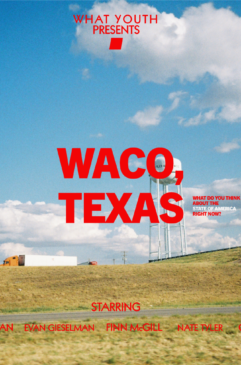
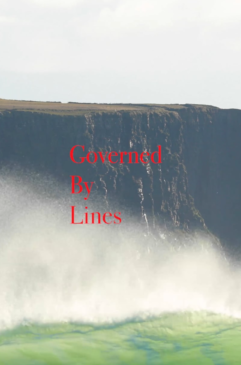
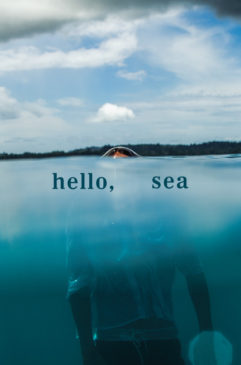
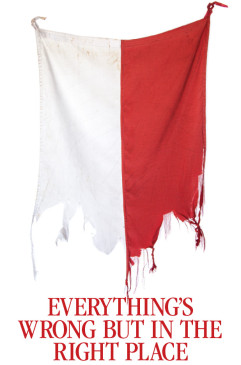
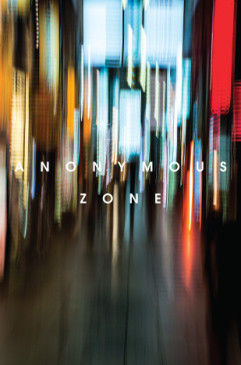
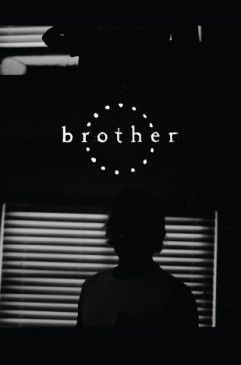
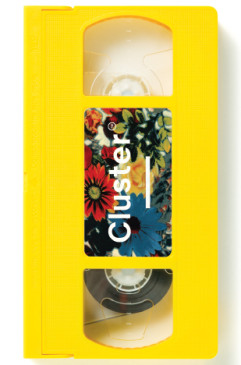
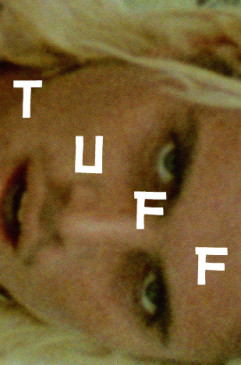
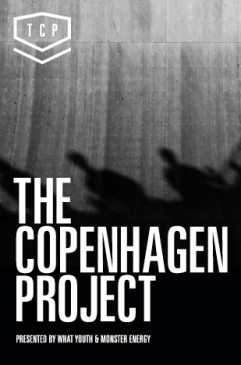
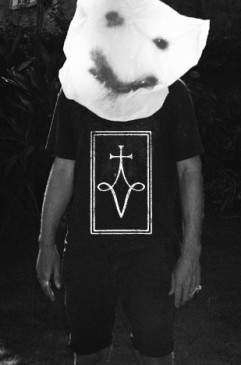
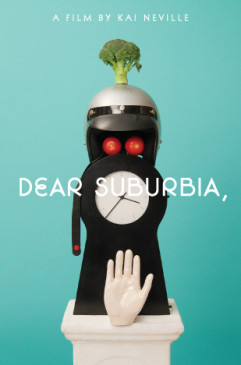
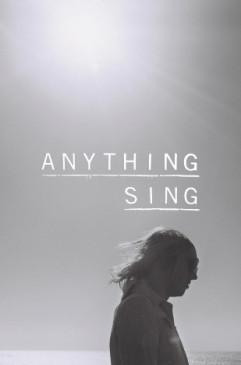


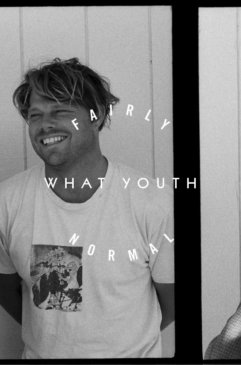
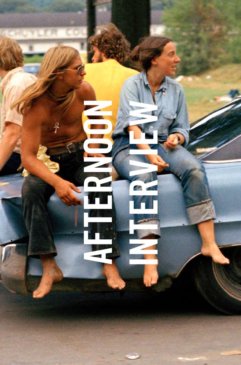
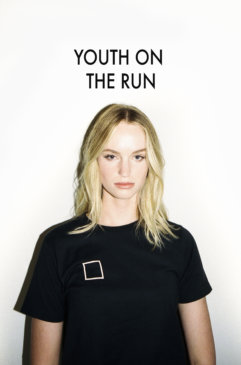
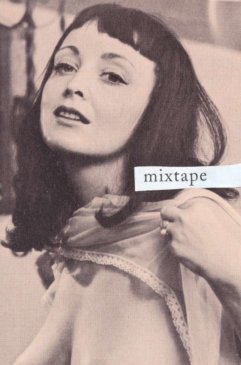
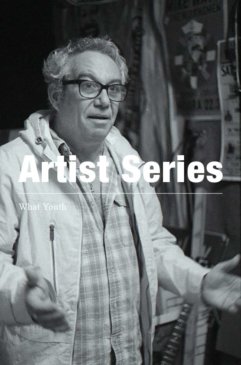
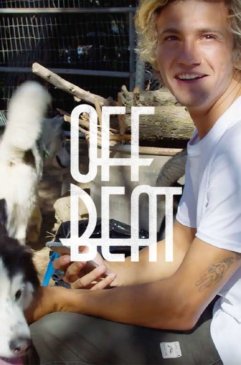
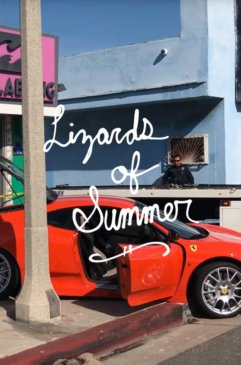
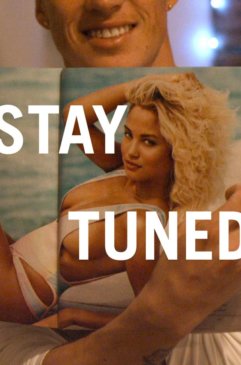
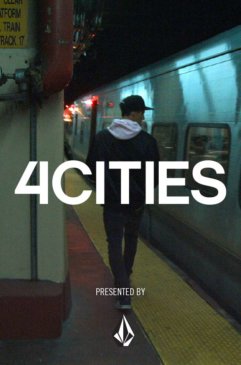
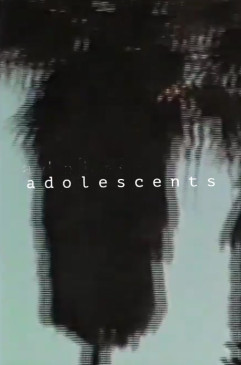
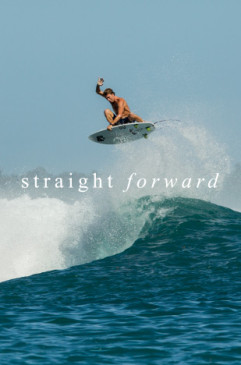
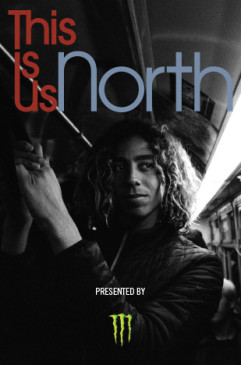
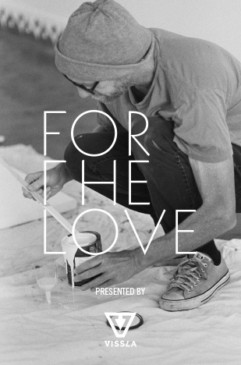
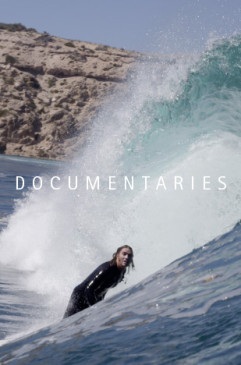
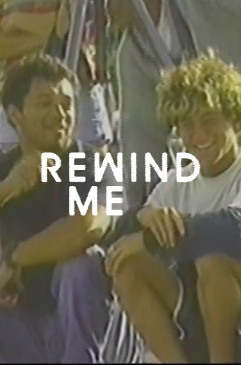
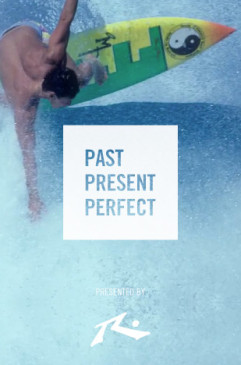
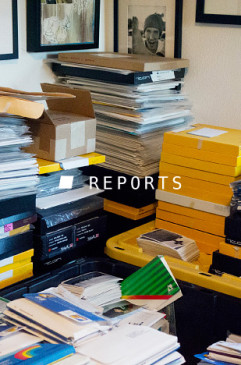
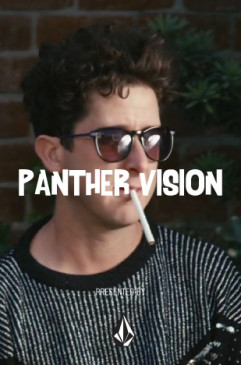
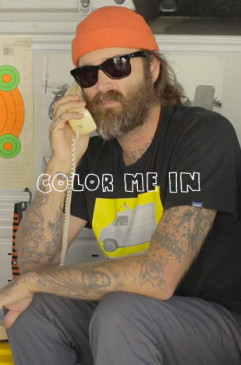
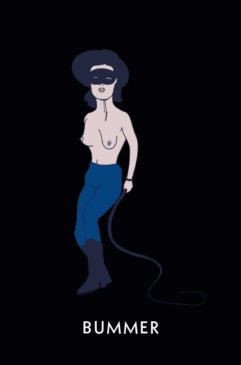
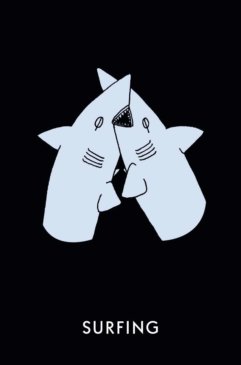
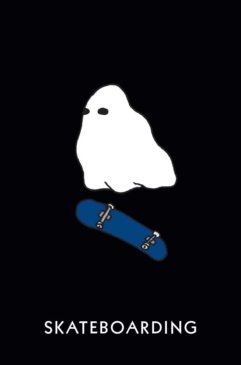
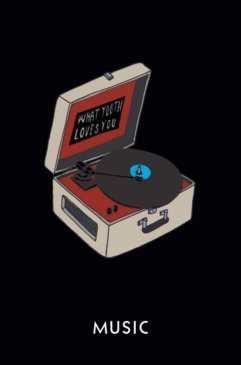
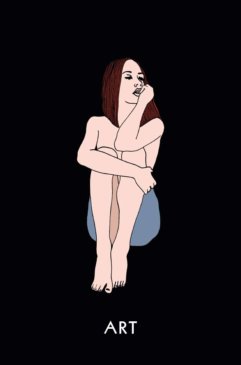
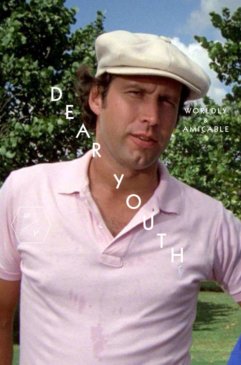
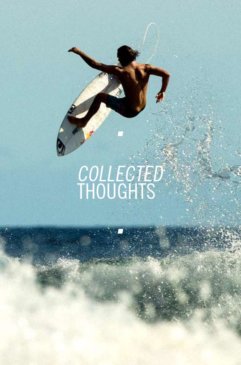


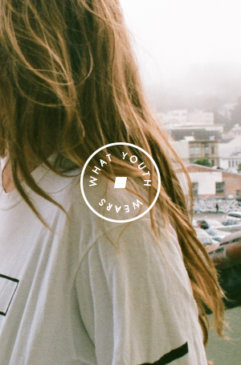

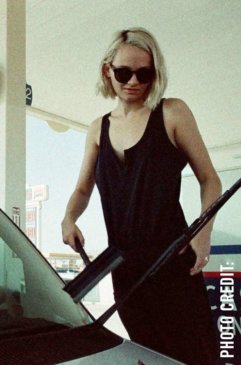


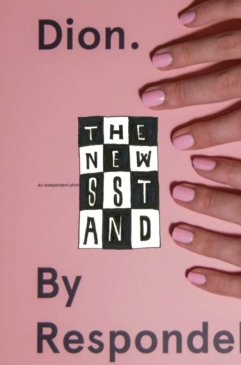
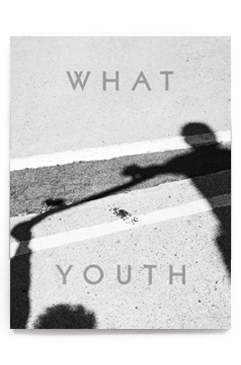
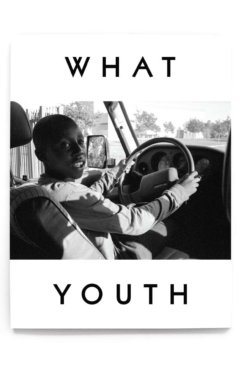
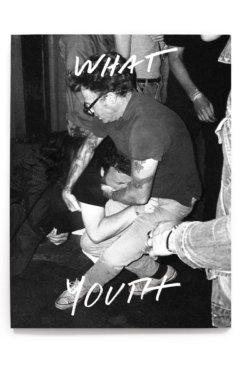
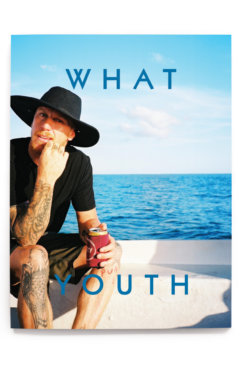
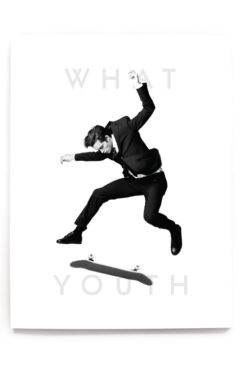
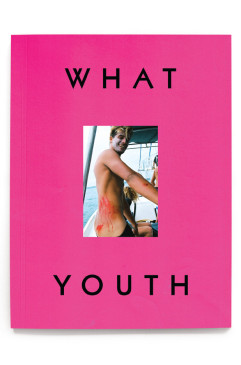
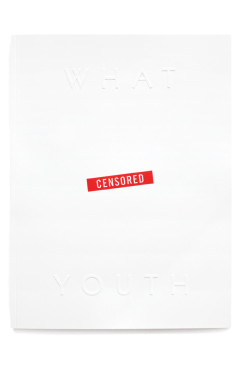
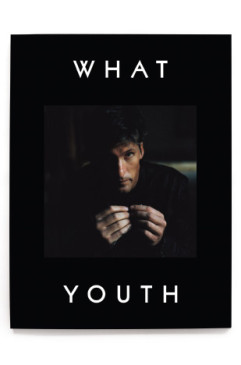
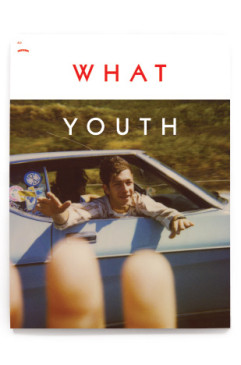
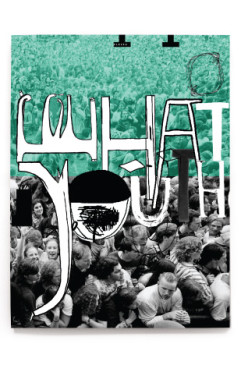
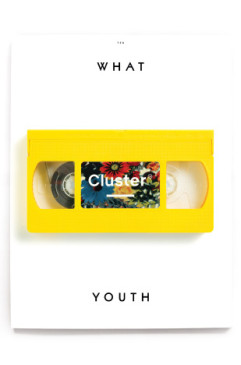
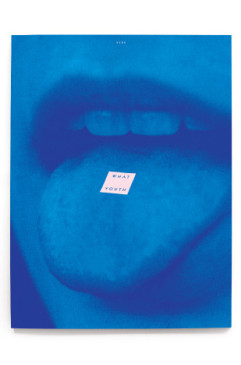
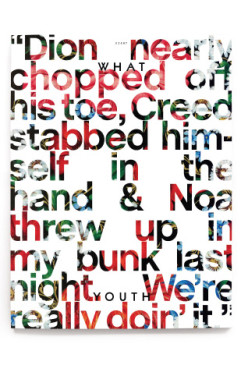
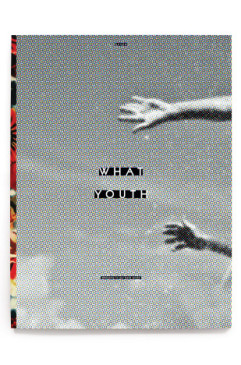
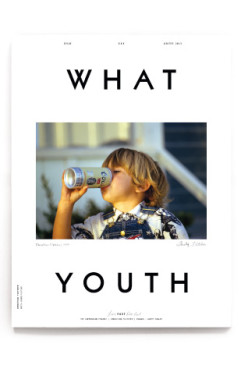
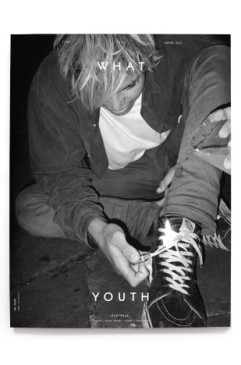
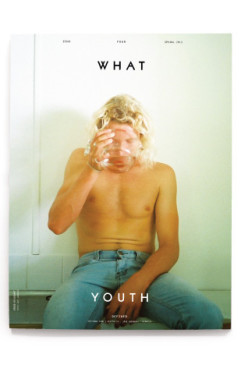
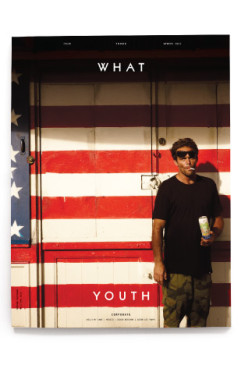
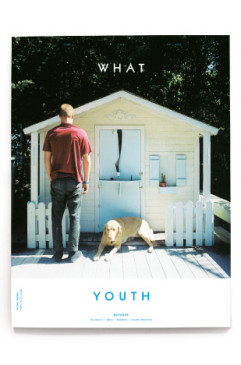
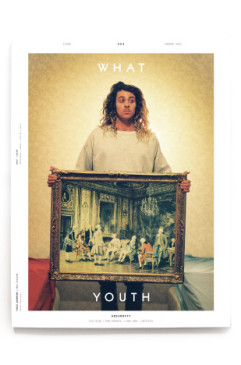
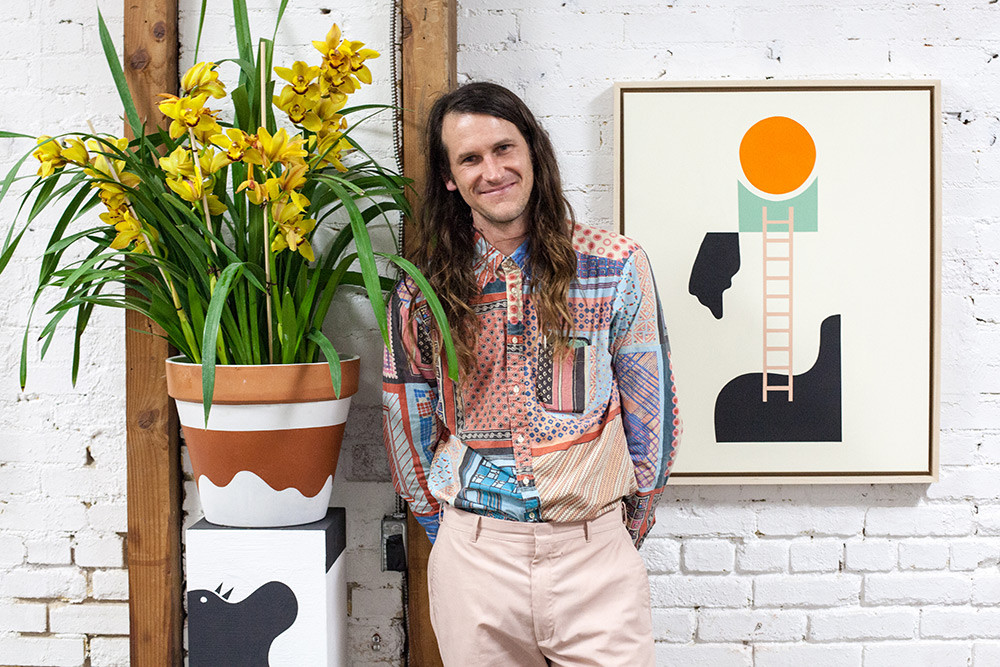
 NXT
NXT 
